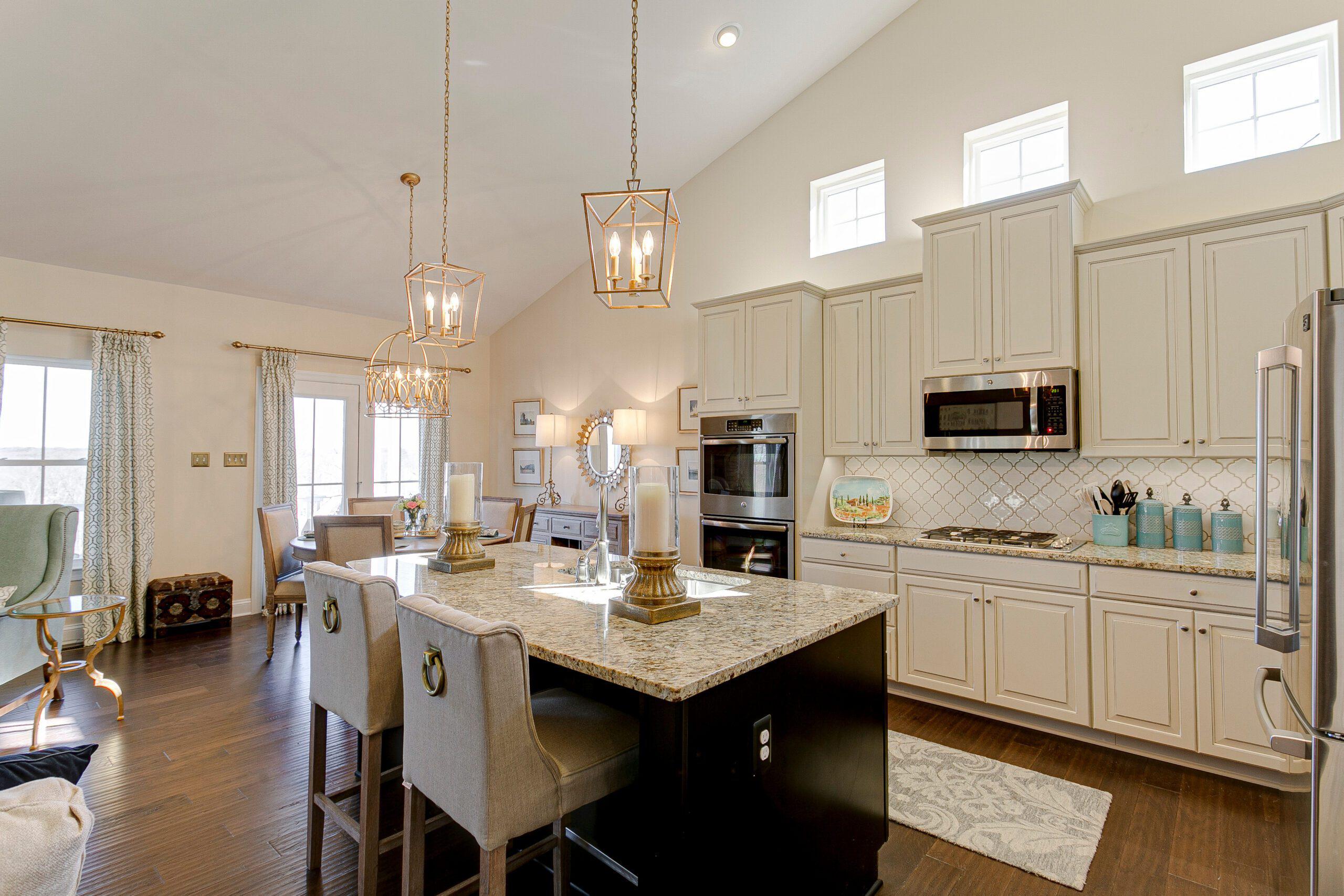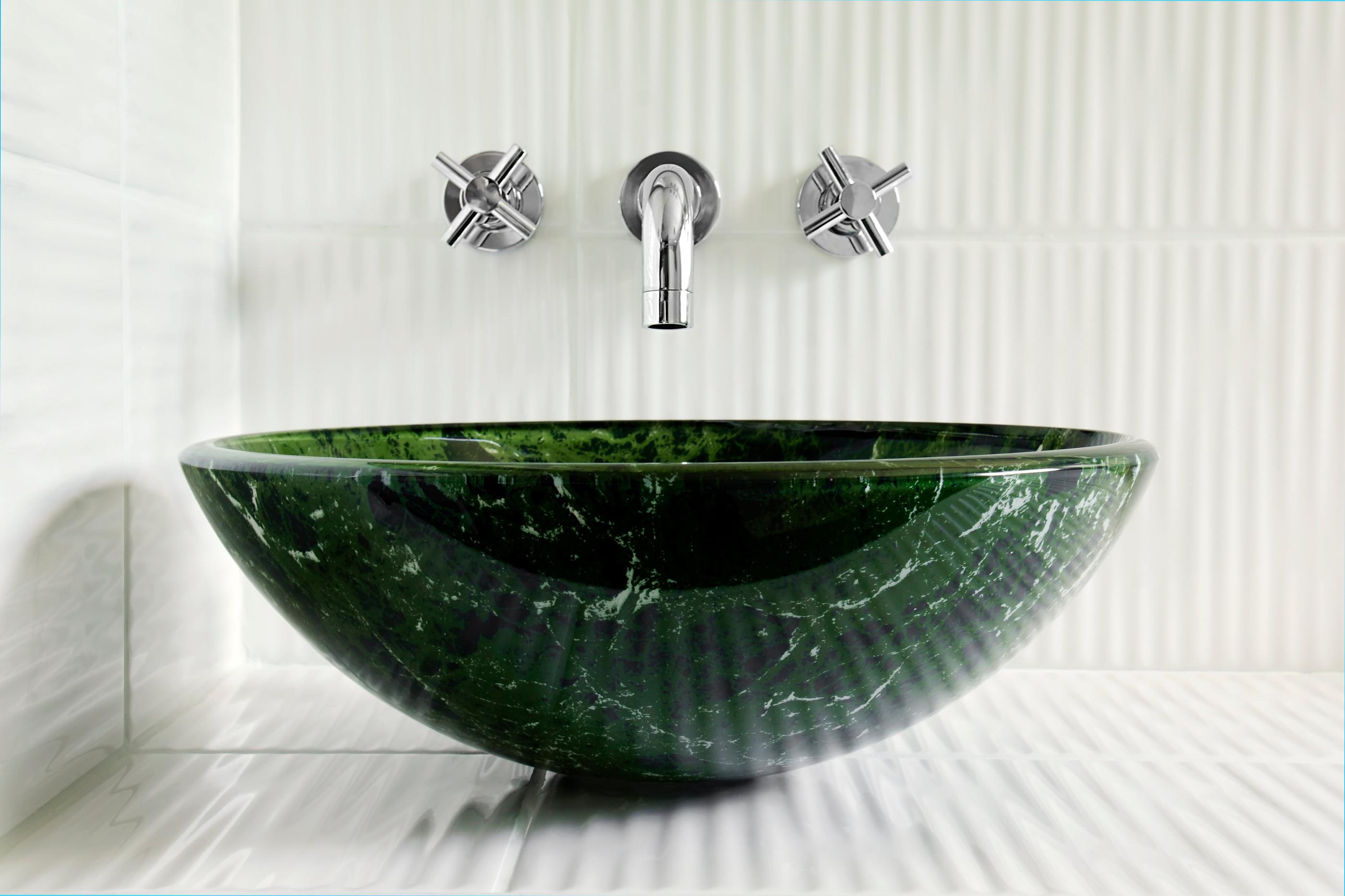By now, we know that mixing metals in interior design is far from taboo. In some rooms, like the kitchen, it’s unavoidable.
But how will three different metals that look great together on your Pinterest board actually look in your room?
Mixing metals and finishes like a pro means never settling for the first option that works on paper. With a little education and some guidelines (not rules) to consider, you’re on your way to a successful remodel.
What is the best finish for hardware?
Brushed and satin finishes are among the most popular, but the best finish depends on your desired aesthetic and what you’d like to stand out. Here’s a quick look at common finish options to integrate into your design:
- Brushed–A muted sheen that features some grain. Great for traditional and contemporary styles. It can reduce the visual impact of bolder metals.
- Satin–Doesn’t normally feature the grain of brushed metals. Has a subtle shine that people favor for lighting fixtures, drawer pulls, and more.
- Matte–No-shine finish that’s versatile. Provides great contrast as cabinet hardware when paired with shinier finishes.
- Polished–Eye-catching gleam that may be a little higher-maintenance. Most commonly used for bathroom and kitchen faucets.
- Oxidized–Can have mixed reflective properties, but often muted. Imperfections and distressed qualities. Good match for rustic, industrial, or Old-World styles.
Homework: Get guidance on integrating these finishes into specific kitchen styles.
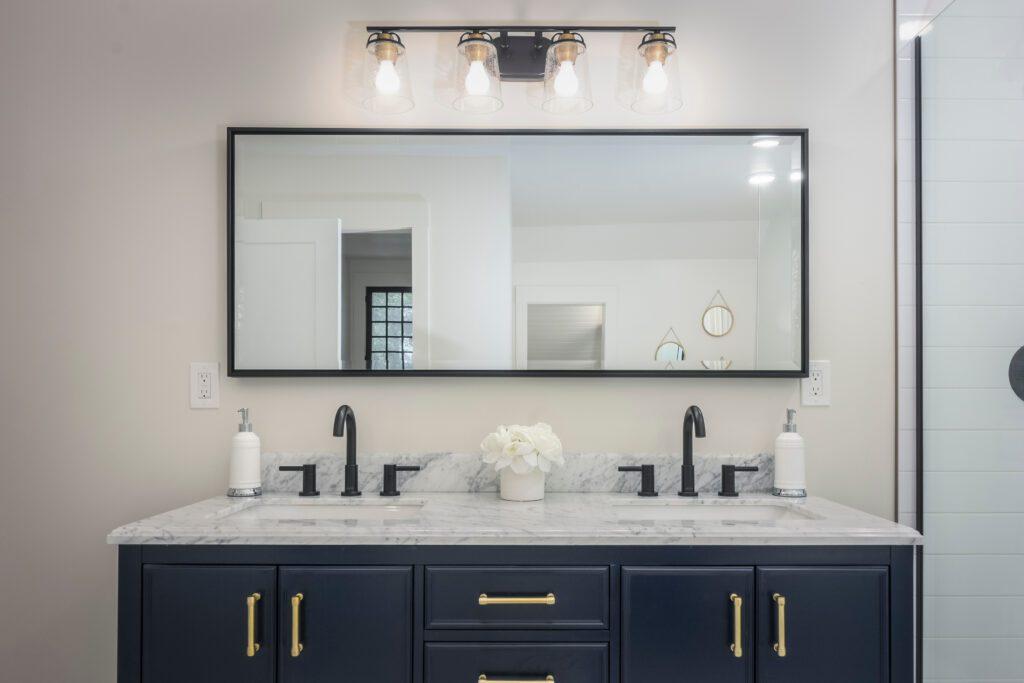
Tips and ideas for mixing metals and finishes in your remodel
If the prospect of mixing metals sounds a little intimidating, no worries. Many people overthink this part, with the metal and finish standing out more in their minds than in the actual design.
That said, those with experience have some advice for getting the best possible result. Here are some considerations to make as you mix metals and finishes in your remodel.
Pick a dominant metal first
Think of all the separate metal components that will be in the room. Where is the most metal? This will be your dominant metal to work off of.
If you’re doing a kitchen remodel with modern appliances, your dominant metal is likely already stainless steel. Factor in the finish; brushed and polished can have very different effects once the design is in place.
Bear in mind that “dominant” doesn’t always mean the most striking or eye-catching metal feature. Even if a kitchen’s metal is 70% stainless steel, polished brass faucets and light fixtures can still be the first thing people notice.
And that can be a good thing!
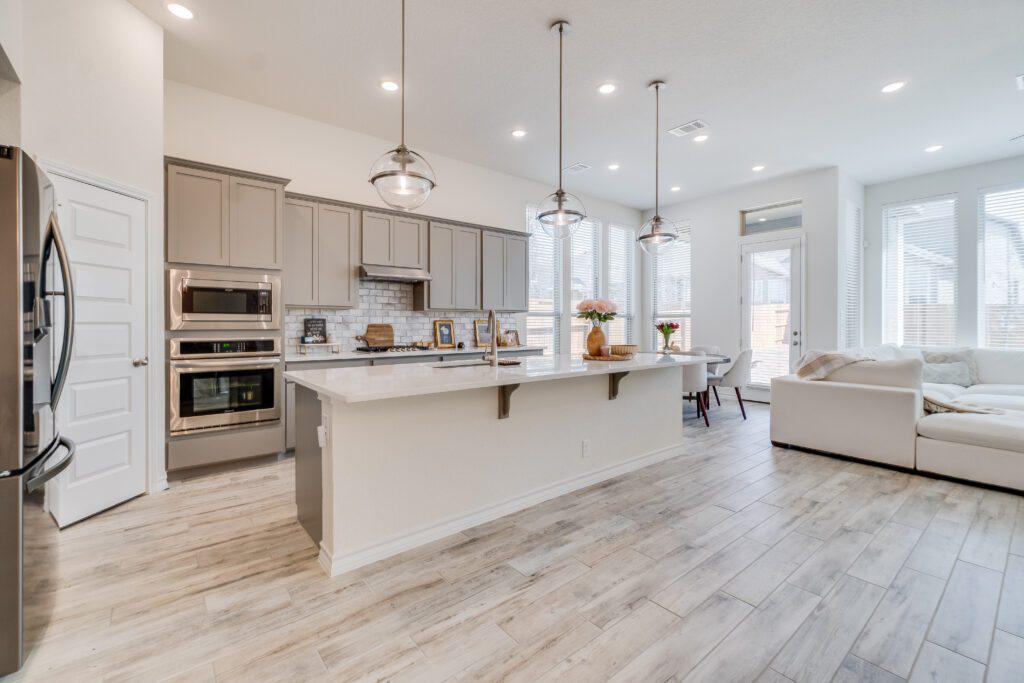
Neutral tones play well together
We’re not just talking about warm neutral paint and cabinets that characterize timeless style. When you stay neutral with hardware and choose the right finish, mixing metals can be pretty foolproof.
Nickel in every finish can coordinate with brushed or satin warm metals, like brass. For a cooler tone, test out polished chrome faucets and matte black kitchen hardware with stainless steel appliances.
Three for kitchen, two for bath
How many metals are we talking about here? Before you go piecing out a slew of different metals, decide how many mates your dominant metal requires.
Generally speaking, bathrooms will only need two (with special-case room for a third), while kitchens need three (with special-case room for a fourth).
Bathrooms begin with the faucet-fixture metal. From there, cabinet and vanity hardware can be the secondary. Need more? Certain designs could add just one more accent metal in the form of a mirror frame or wall sconce.
For kitchens, test the tried-and-true 60/30/10 strategy and see what it yields. For example, the 60% is your dominant (such as stainless steel), 30% can go to fixtures and lighting, and 10% for some streamlined, low-profile cabinet hardware.
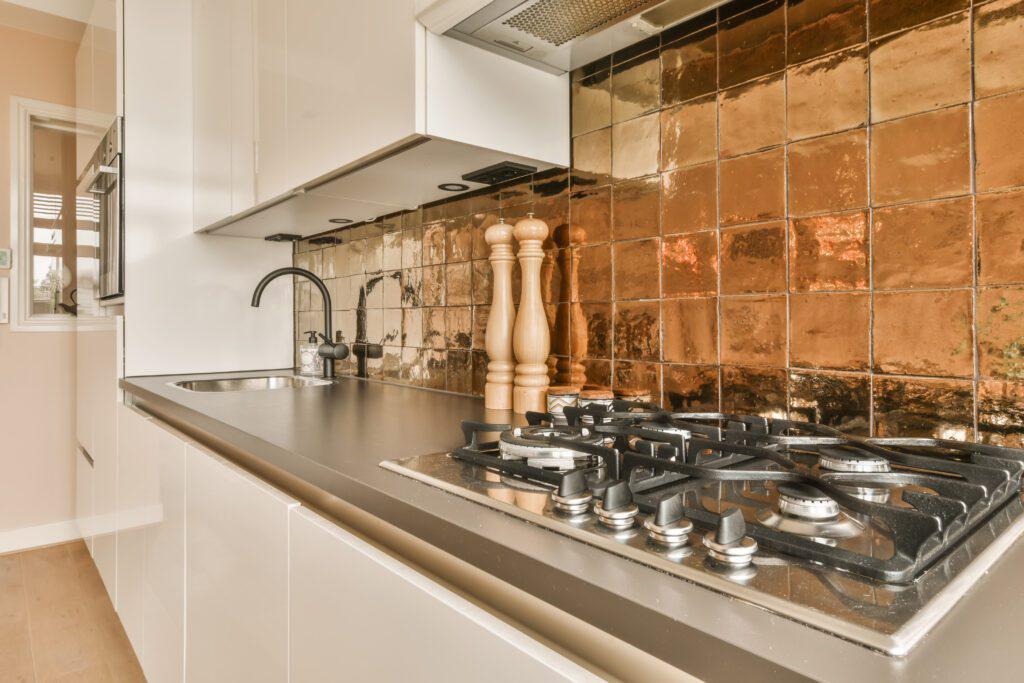
Careful with copper
Mattes, oxidized, and flat or brushed metals are versatile, but one metal that can’t be dulled by finish is copper. It’s warm, inviting, and feels rich and cozy.
It’s also notorious for visual overload. You can spend days laboring over a mix of brushed nickel and satin brass, only to have the burnished copper pot hanging above the range stand out more than any other metal.
This isn’t to say you shouldn’t chase copper. It simply means you should want it to carry a lot of visual weight. In the above photo, a minimal, neutral kitchen is set alight with a copper tile backsplash. No matter the size of the feature, it’s capable of transforming designs.
Using other materials as a guide
Textures and tones of other materials in the room impact the success of your metal mixing. Smooth, white porcelain in a bathroom, rich hardwood floors in a living space, or unique slabs of granite in the kitchen.
The question is this: Do you want harmony, or do you want contrast? Matte or distressed black metal in a gleaming white bathroom provides the latter. Polished brass harmonizes with the warmth of wood. Polished chrome can live up to the beauty of stone countertops.
The key is to let other materials inspire your choices.

What metals look good together?
You may find that the tone and finish outweigh the color or type of metal itself. So many factors go into creating a compatible design that the best coupling may be entirely unexpected. What is for sure is that you shouldn’t hesitate to mix silvers and golds. Here are some pairings you can check out:
- Polished chrome with brass
- Matte black and copper
- Stainless steel with polished gold-tone metals
- Polished nickel with satin brass
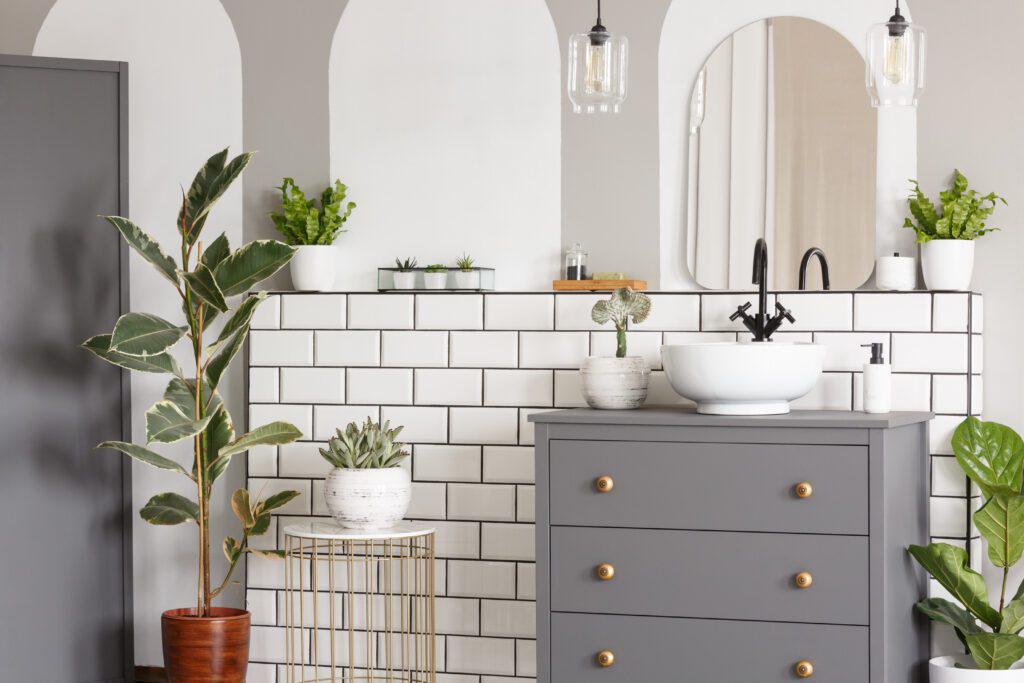
Find your perfect mix at The Designery
Here’s a secret the pros can tell you: describing metals and finishes is only part of the process, and not the basis for great design decisions. The exact shade, depth, degree of finishing, and precise tone will vary a lot. Mining, manufacturing, and more can make two separate brushed nickel products look very different.
Consulting a designer and visiting a showroom are surefire ways to get what you’re looking for. The Designery offers both. We can even customize hardware for the bespoke piece you couldn’t find anywhere else.
Get a mix of professional guidance and total design freedom with a complimentary consultation today.

